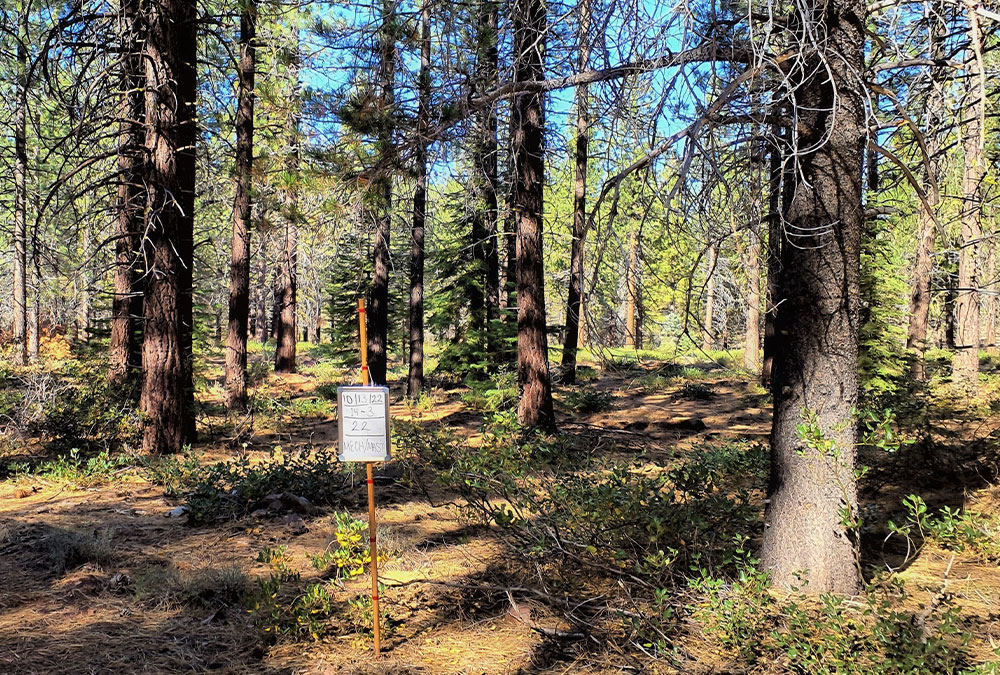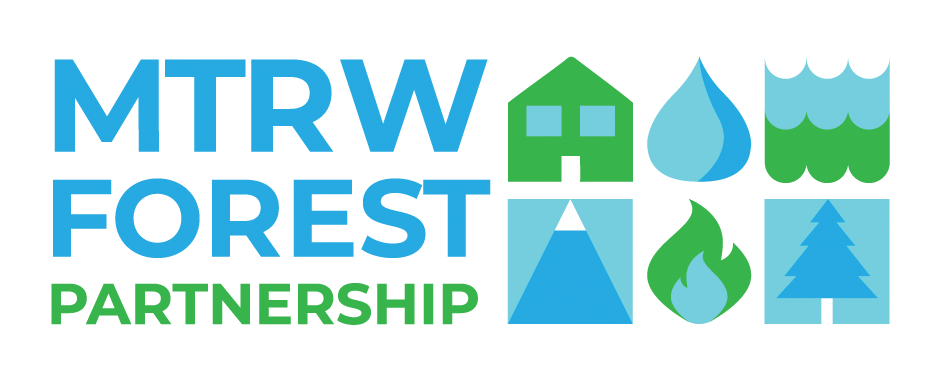Projects
Over 100 years of fire suppression in the Sierra Nevada have resulted in increased stand density, less fire frequency, and greater fire severity. These conditions have caused significant impacts to natural resources including forests, meadows, and streams, and have changed the composition and structure of these important ecological systems. Additionally, many homes and communities are located within and near our forests. Recognizing that community safety, watershed resiliency, and forest health are complementary and interrelated, MTRWFP is taking action to reduce wildfire risk, preserve and enhance biodiversity, and protect communities and water supply.
Disclaimer: Project information is updated as of 9/1/2023 and will be updated annually each September. For more detailed or up-to-date information, contact us.


